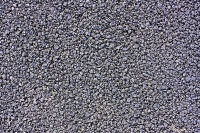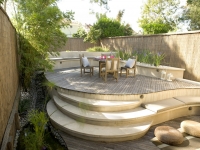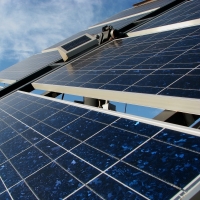Corporate social responsibility is a revived buzz concept. Businesses are taking an inward look at how their actions are affecting their world at large; i.e. the environment, consumers, employees, communities, stakeholders, and all other members of the public sphere. Google is becoming one of those businesses who is a leader in forming their company based on socially responsible principles. The other thing about Google is that we can often look to them to come up with the most cutting edge technologies; in some ways they always seem to be one step ahead of the curve. Do you agree?
In 1962, Milton Friedman published the book Capitalism and Freedom in which he states that corporations do not need to worry about "social responsibility" because they end up using other people's money to do what those other people could do themselves. I think we have come to understand, after years of mulling over his opinions, that it doesn't really make sense to spend our earth's resources heedlessly. We can design products of the future that make a wiser use of recycled materials and materials that have a lower embodied energy, etc. Once again I ask, do you agree?










